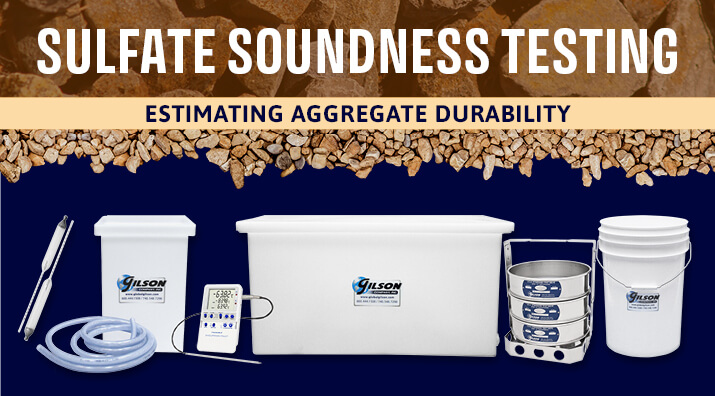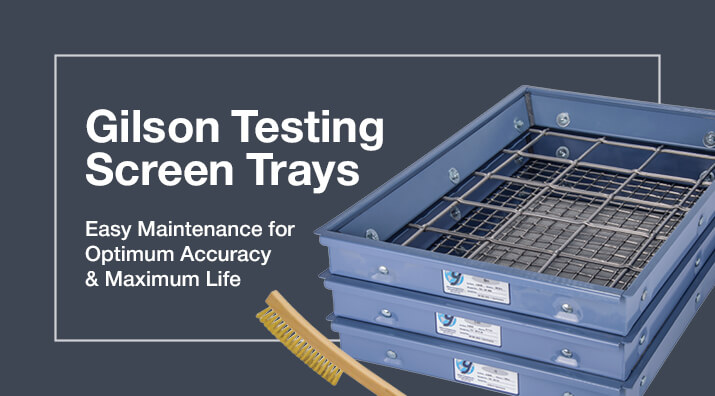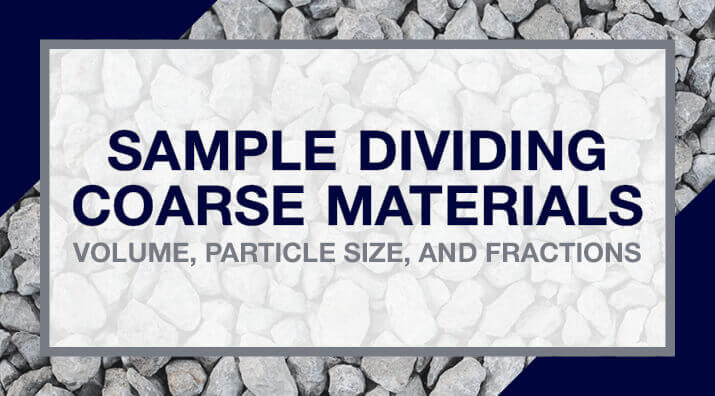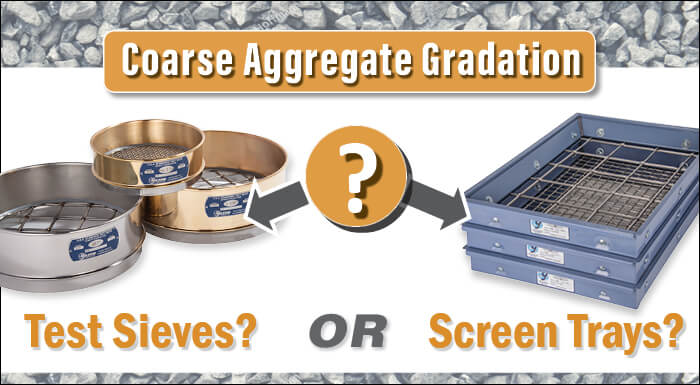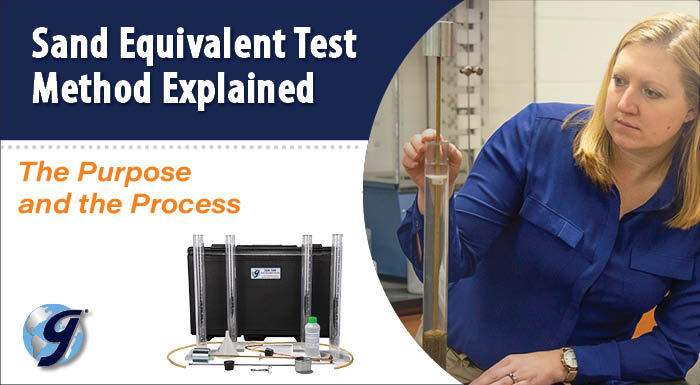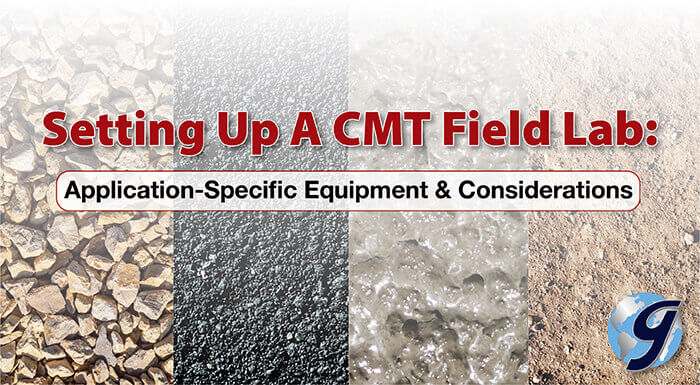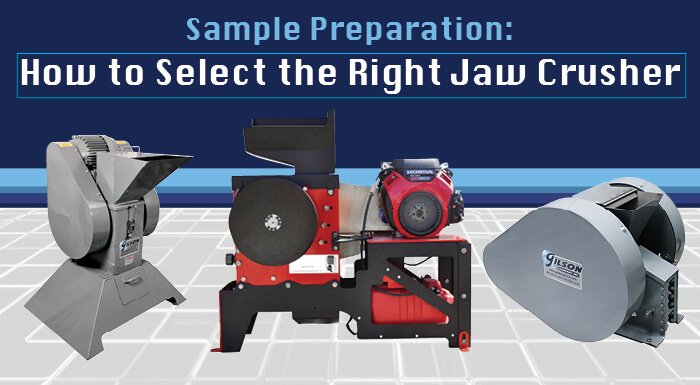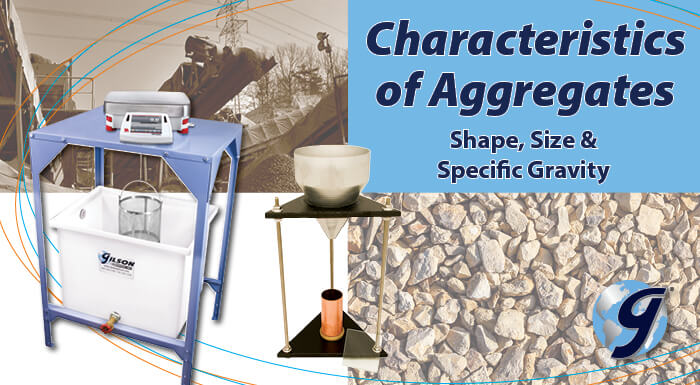Sulfate Soundness of Aggregate, procedures for this popular test method are straightforward. In this blog post, we will discuss why the soundness of aggregate is necessary, what the procedures are when using either magnesium or sodium sulfate, and what equipment is needed to perform the test.
- Log in
- Favorites List
-
Shopping Cart
You have no items in your shopping cart.
Gilson Insights
Have questions about your materials testing equipment? We have the answers to these questions and much more right here! Check back monthly for long-form blog posts, how-to guides and infographics. We’ll address industry insights, the operation and maintenance of specific equipment, and our product line recommendations, all designed to better serve you.
Bookmark this page, add it to your RSS reader, or subscribe to our newsletter, so you never miss a hot topic.
Screen Trays are the heart of all Gilson Testing Screen Shakers. In this blog post, we discuss how to get the most accurate results and extended life from your testing screen trays.
In this blog post, we focus on the specialty large volume splitters. These sample dividers you may not see every day. They have unique features that could solve a problem for you when sample dividing coarse aggregates.
Quick, name the most widely used and cost-effective scientific instrument in your laboratory. Some possibilities come to mind, but our argument is for the ordinary test sieve. In this month’s blog post we discuss the purpose of sieves and how to select the right sieve to fit your particle sizing needs.
Does the particle size analysis of coarse aggregates always require a testing screen with large screen trays? In a situation where larger testing equipment is not available, there may still be ways to get the job done. Using conventional round test sieves for large particle sizes is less efficient, but still acceptable if done properly. We discuss test requirements, sieve capacities, and tips to help with equipment selection.
Fines and dust in asphalt and concrete aggregates have always been a problem. Whether naturally occurring or resulting from degradation during handling and transport, undesirable or unknown amounts of fines can impact the performance and cost of composite materials. This blog post discusses the importance, process, and procedure.
In this month's blog, we examine the civil engineering laboratory equipment needed for typical operations performed where field laboratories for construction materials testing are required. With so many possible variations in specific project requirements, we break it down by application.
In this blog, it will discuss setting up and furnishing temporary field-testing labs with essential laboratory equipment. Field labs are generally limited to a few particular tests, but no matter the material, most require the same essentials to measure properties like size, weight, and moisture.
The selection of the best jaw crusher for your application will naturally be governed by the particle size, volume, and properties of your bulk material, along with the desired particle size and quantity of the final sample. In this blog, we help you select the right jaw crusher for your testing application.
Concluding our two-part series on aggregate characteristics. Find out how shape, size, and specific gravity play a part in determining the effectiveness of aggregates in construction projects.
- 2025
- 2024
- 2023
- 2022
- 2021
- 2020
- 2019
- 2018
- 2017
- 2016
- 2015
















